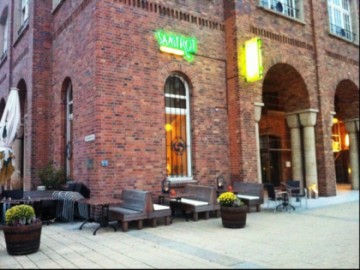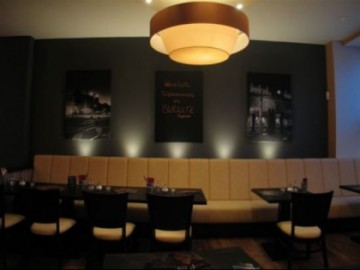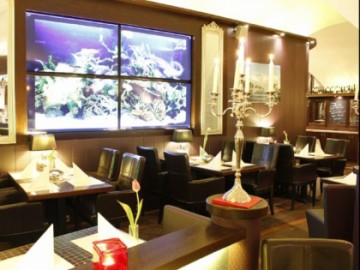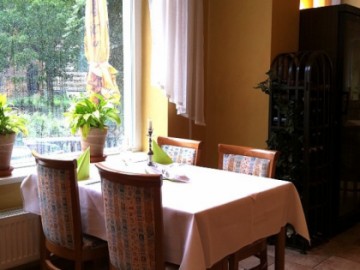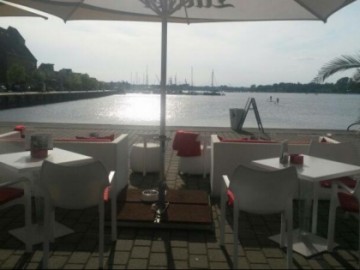Church of St. Mary: Time for Centuries
St. Mary's Church built in the XIII century is Rostock’s pride. This is the only temple in Rostock, which was not injured during the Second World War. The main altar, the pulpit, the organ, the bronze baptismal font are features of the church’s rich decoration deserving special attention. Alas, many works of art from medieval interior were destroyed after the Reformation. But people managed to save the main treasure of the Marienkirche - the 12m high astronomical clock.
According to the documents, the first version of the astronomical clock in St. Mary's Church was created in 1379. The clock we see today was made by a master from Nuremberg, Hans Duringer, in 1472. The clock itself is not unique: There are similar mechanisms in many European cities. But Rostock’s clock is the only ones in the world that still works mainly with original parts. Its upper part is decorated with the figure of Jesus Christ. Twice a day - at noon and at midnight – a door opens on the right of it, from which six apostles appear. They pass by the Savior in turn raising his hand in blessing and then hide behind the left door. The door slams shut only for Judah and he remains standing there for the next 12 hours.
There is a calendar in the central part of the clock showing not only the exact time but also the current date, month, the position of the sun, the moon phases, zodiac signs, the first letter of the name of the week day and the time of sunrise. The calendar is 2 meters in diameter. It rotates in a clockwise direction and making a full circle takes a whole year. Finally, at the bottom of the clock there is a disc that shows the Easter dates for 130 years. On the disc used now, the date is calculated until 2017. But its substitute is already ready: a few years ago Rostock’s students calculated the dates for 133 years in advance using computer.









